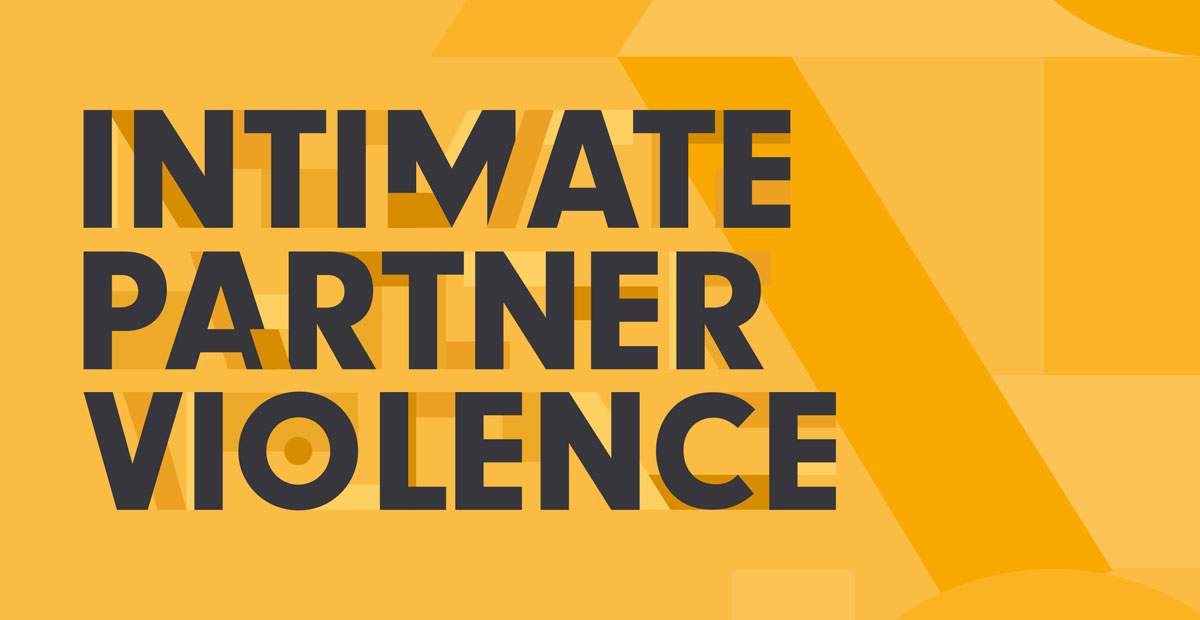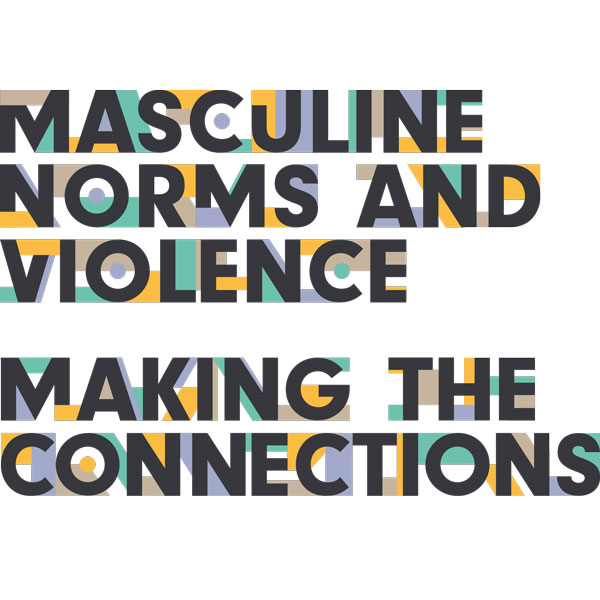
This blog is part of the Making the Connections series. Each blog focuses on one particular form of violence.
This year, Equimundo and Oak Foundation launched Masculine Norms and Violence: Making the Connections, a new report examining the links between harmful masculine norms and eight forms of violent behavior.
While there is nothing inherent about being male that drives violence, how we socialize boys into their identities as men and what we expect of them – that is, society’s masculine norms – are undeniably linked with violence. Indeed, boys and men are often raised, socialized, and encouraged to use violence in some form; on the whole, men and boys are disproportionately likely to both perpetrate most forms of violence and to die by homicide and suicide. However, the research affirms that this violence is preventable, gender equality is achievable, and nonviolent norms and ideas about manhood are prevalent and powerful.
This first blog in the Making the Connections series focuses on intimate partner violence (IPV). It breaks down the facts on IPV, its linkages to other forms of violence, and recommendations for action.
Intimate Partner Violence
The Facts
Worldwide, an estimated 30 percent of ever-partnered women experience physical and/or sexual violence by an intimate partner at some point in their lives.
Intimate partner homicide is an extreme manifestation of these same trends. Globally, World Health Organization (WHO) statistics show that up to 38 percent of murders of women are perpetrated by a male intimate partner.
The Links
Multiple studies confirm that rigid norms regarding gender, gender roles, family, and marriage – together with men’s childhood experiences of violence – contribute to men’s use of violence against female partners. When men adhere more strongly to rigid, inequitable definitions of masculinity, they are more likely to also report perpetrating many forms of intimate partner violence. If men believe that they are not – or are not perceived to be – “masculine” or “man enough,” they may use intimate partner violence as a way to overcompensate or conform to gendered expectations.
The Intersections
Violence within the childhood home can contribute to children accepting violence as a “normal” part of intimate relationships, playing a role in the often-observed intergenerational transmission of intimate partner violence. Transforming these patriarchal, violent gender norms is essential to mitigate the influence of childhood experiences of violence and as an overall prevention strategy.
The stress, challenges, and loss of masculine identity caused by various forms of social oppression – for example, economic hardship, racism, religious persecution, and discrimination – can multiply risk factors for both men’s perpetration of intimate partner violence and women’s victimization, as well as change the likelihood of women pursuing formal justice-system responses to this violence.
Local laws defining what intimate partner violence is or is not – for instance, whether or not legislation specifically outlaws marital rape – also intersect with gender norms and other factors, affecting rates of violence. Religious texts and teachings are also sometimes used to enforce women’s inferior position within partner relationships with men.
From Theory to Practice
Initiatives aiming to prevent intimate partner violence should focus on the following transformations of harmful masculine norms:
- Ask participants to name, recognize, and discuss power inequalities in their intimate relationships.
- Teach – and provide safe space for practicing – discussion-based and compassionate problem-solving approaches.
- Foster an appreciation for multiple, limitless ways of defining what it means to be a man – for example, a man can love and respect his partner; a man can use his words to avoid violence; a man can share leadership and decision-making responsibility in his family.
- Demonstrate the broad, harmful effects of violence, including intergenerational effects, and insist that violence against one’s partner is never justified.
- Identify violence suffered in men and boys’ lives, recognize and explore its consequences, process this experience, and heal.
- Reflect with men and boys on what would happen if they were not entitled to using power to get what they wanted: Would they feel vulnerable? Who would they be?
Read the rest of the Making the Connections blog series to learn more about physical violence against children; child sexual abuse and exploitation; bullying; homicide and violent crime; non-partner sexual violence; suicide; and conflict and war.
